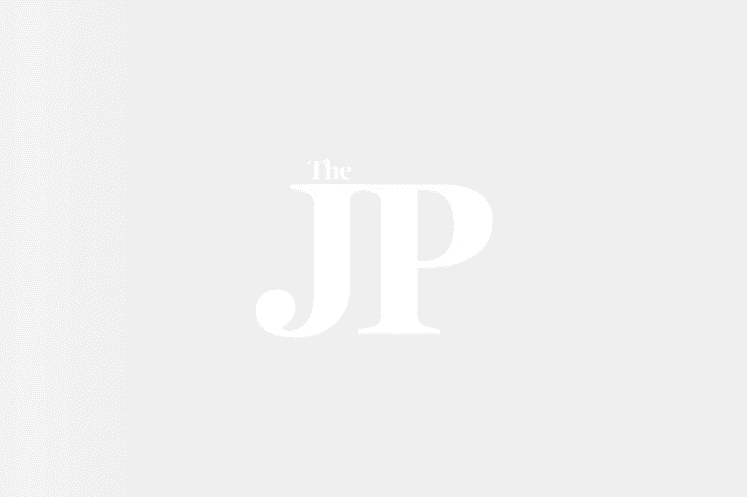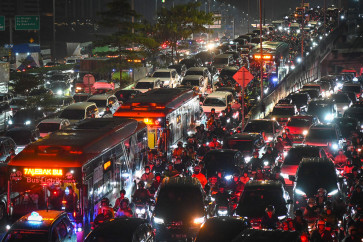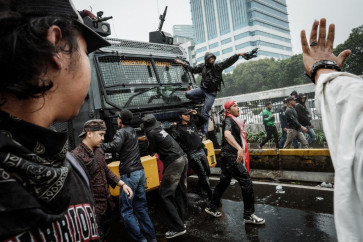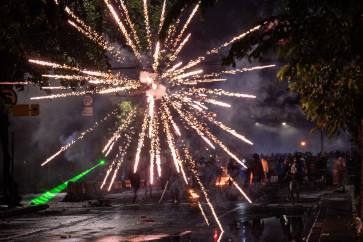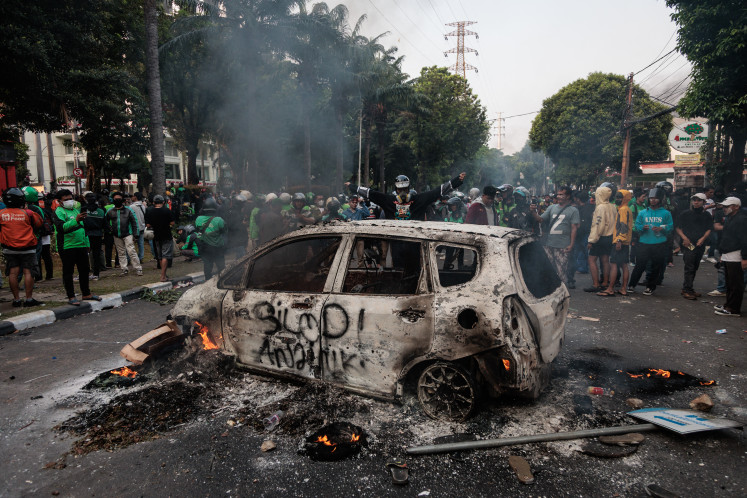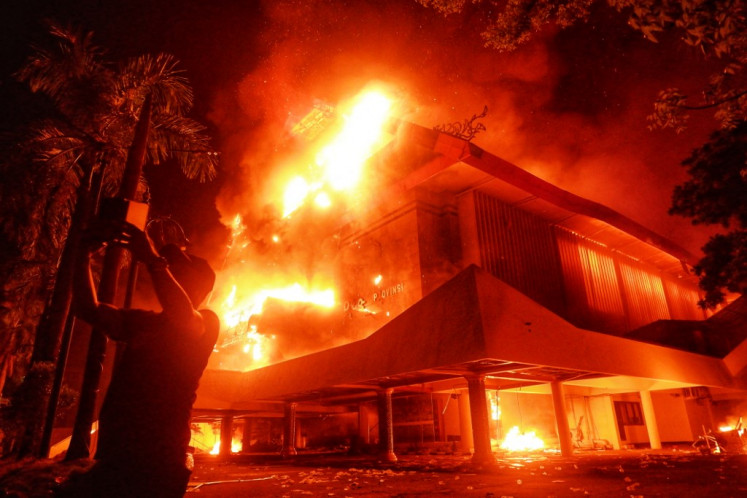Popular Reads
Top Results
Can't find what you're looking for?
View all search resultsPopular Reads
Top Results
Can't find what you're looking for?
View all search resultsYour letters: History of mixed ethnicity
Presidential candidate Joko âJokowiâ Widodo has been facing a smear campaign branding him a Chinese Christian, and according to a survey, 37 percent of Indonesians believe the rumor
Change text size
Gift Premium Articles
to Anyone
P
residential candidate Joko 'Jokowi' Widodo has been facing a smear campaign branding him a Chinese Christian, and according to a survey, 37 percent of Indonesians believe the rumor.
In fact, originally the Javanese looked like Australian aborigines or Papua New Guineans.
According to Chinese history, the Chinese settled in Java in the seventh and eighth century.
Then came the Indians (e.g. Bali) and subsequently Westerners in the 15th century, such as the Dutch.
Now they have the look of a typical Javanese, a mixture of the major peoples on earth.
In the 15th century, Chinese again came before the Dutch as evidenced by the Ching Hoo Mosque in Surabaya.
If medical research were to be done, it would be found that most Javanese have Chinese DNA in their blood. Even the natives of America have Chinese DNA.
As the world's most populous Muslim-majority country in the world with an abundant and cheap labor force, Indonesia, with a population of some 253 million people, has attracted many manufacturing concerns to migrate their manufacturing operations, especially to Java.
The Citarum River basin in West Java has attracted the bulk of the migrated industries, which capitalize on the cheap labor to improve their bottom-line.
The rapid growth has resulted in heavy river pollution, with trash and debris dumped into the river, resulting in an unsightly surface.
In 2008, the Asian Development Bank (ADB) approved a loan of US$500 million with a 15-year progressive disbursement duration to clean up the Citarum River basin in sync with the Millennium Development Goals (MDGs) of Indonesia to reduce the pollution level by half by 2020.
And thanks to environmental protection technology, such as from Veolia, cooperation by industries, which has a strong legacy in sustainability, and the political will of Susilo Bambang Yudhoyono's administration, the Citarum River basin's pollution has been gradually alleviated.
It is hoped that whoever becomes the next president of Indonesia continues to care for the environment, such as by reducing haze and combating pollution in the Citarum River basin e.g., maintaining the Jababeka (Greater Jakarta) industrial estate.
Kim Chuang Tee
Jakarta

